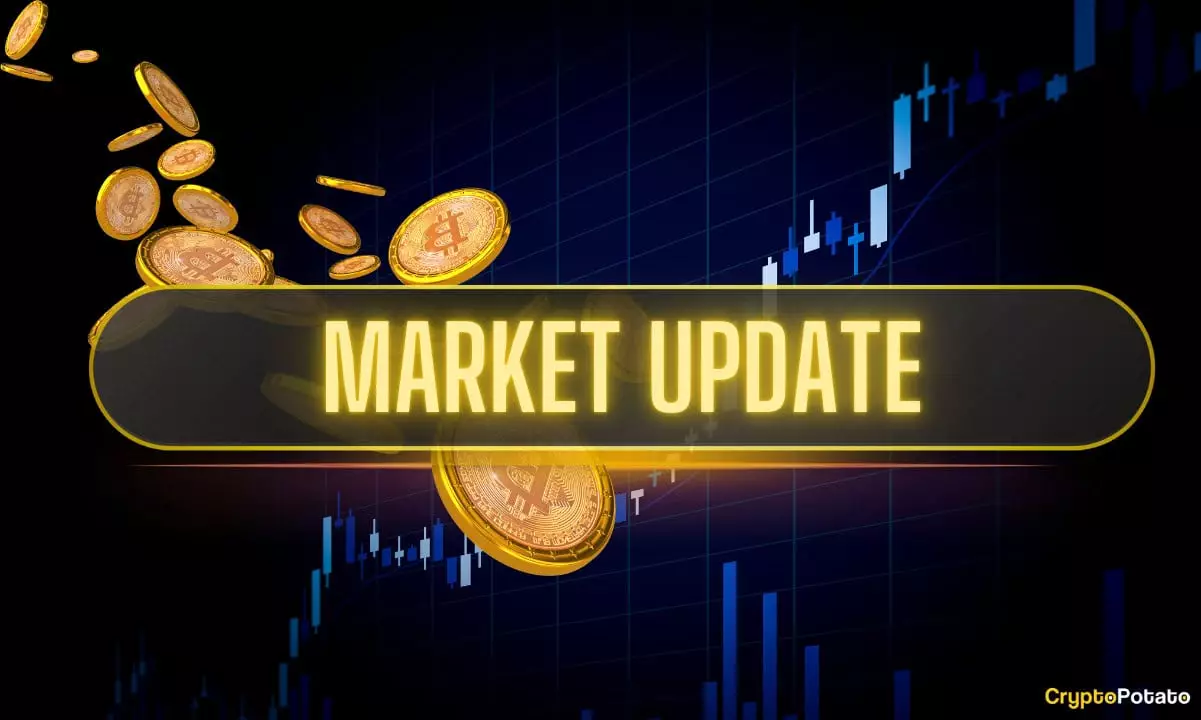What initially appeared to be just another chill week in finance quickly took a dramatic turn, showcasing how intertwined politics and cryptocurrency have become. The unfolding national spectacle, characterized by a fierce public sparring match between the U.S. President and none other than Elon Musk, has impacted the cryptocurrency market in ways both expected and unforeseen. Political drama seems to be spilling into the realm of digital assets, and the repercussions are unsettling.
The latest round of mud-slinging began with alleged connections between Musk and Trump regarding the Epstein files, sending shockwaves through an already jittery market. One can’t help but wonder: are the founders of these digital assets affected by battles not of their making? This configuration only adds weight to the notion that politics—especially in the United States—can dictate financial fate, dissuading investors and shaking confidence. When individuals with such public influence step onto the stage, the markets suffer.
Bitcoin’s Rollercoaster: Failing to Maintain Momentum
Bitcoin, the cornerstone of the crypto landscape, started the week with some semblance of stability, hovering just above $104,000, a marked contrast from the peaks of previous heights exceeding $110,000. Yet, here we find ourselves observing an unrelenting bearish trend, where any shred of upward momentum is swiftly quashed. After flirting with $106,500, a downturn brought Bitcoin back down near the psychologically critical level of $100,400.
In free markets, behaviors dictate outcomes, and the collective sentiment of investors has swung pessimistically—an emotional pendulum fueled not just by market indicators but external factors. With the European Central Bank recently announcing an eighth interest rate cut, the anticipated bullish response in Bitcoin quickly turned bearish as the power of the political drama overshadowed economic data. Shouldn’t the performance of a digital currency be driven by its utility and market fundamentals, rather than the careless antics of public figures?
Emerging Patterns in the Crypto Sphere
While the day was marred by dramatic declines in Bitcoin, something noteworthy has been quietly brewing behind the scenes: a significant exodus of Bitcoin from exchanges, with over 22,500 BTC transferred in just one day. This shift to self-custodial wallets signifies a growing trend among investors looking to shield their assets from an unpredictable market. Is this the market’s heartbeat screaming for stability, or perhaps a contested battle for control in an otherwise chaotic environment?
Moreover, the Bitcoin Hash Ribbons Indicator flashing a “buy the dip” signal is a double-edged sword; on one side, it tempts investors to take action amidst a storm, while on the other, it fuels speculation. While some view it as an opportunity, it poses moral questions: are we capitalizing on the vulnerabilities of less informed investors, or is this a legitimate market function?
The Intersection of Traditional Financial Institutions and Cryptocurrency
In what could either be seen as a strategic maneuver or an acquiescent gesture to the whims of the market, Robinhood has stepped into the arena with a $200 million acquisition of Bitstamp. This move underscores how traditional financial institutions are scrambling to solidify their stake in the crypto market, not just as opportunists but possibly as knights errant trying to stabilize what many deem a chaotic, uncertain space.
But will their goodwill be sufficient in reclaiming investor trust? Or will it merely produce a surface-level smoothing of transactions while political concerns continue to brew? As political machinations overshadow foundational economic influences, the legitimacy of established players in the cryptocurrency sector may be at risk. This burgeoning relationship between traditional finance and digital currency opens Pandora’s Box, propelling us into the unknown.
Unforeseen Consequences for Emerging Assets
The fallout also trickled down to altcoins, with DOGE experiencing an alarming 12.5% dip and other cryptocurrencies following suit. This volatility raises significant queries about the underlying factors propelling their worth. Investors appear to be recalibrating risk assessments against higher volatility, potentially leading to an even more tumultuous landscape in the near future.
Thus, the fight for Bitcoin’s supremacy now appears to take the form of geopolitical fracas, with financial consequences rippling through marketplaces. These developments are more than just losses on a ledger; they reflect shifting paradigms, growing skepticism, and looming fears that are integral to the landscape we navigate today.
In a society where market stability intertwines with the opacity of political figures and their motives, one must remain wary. The façade may shimmer, but beneath lies a complex web of tension and uncertainty that threatens to unravel it all.
















Leave a Reply